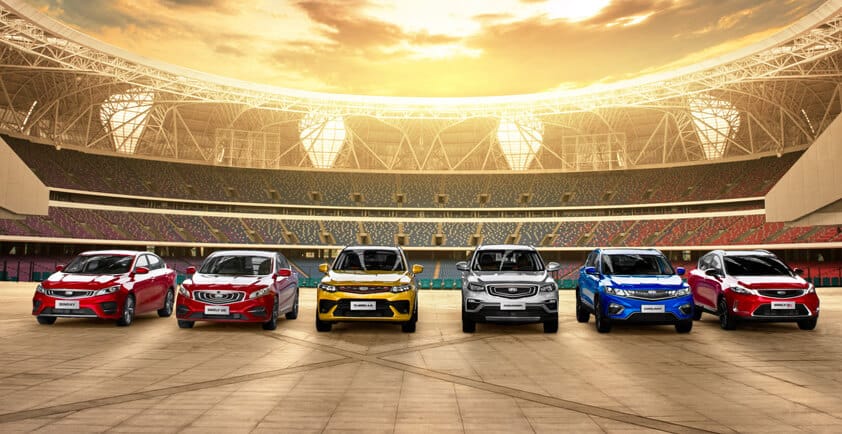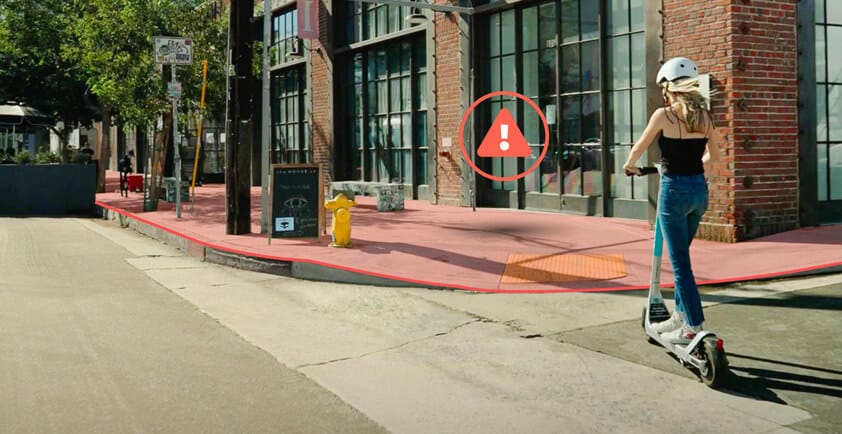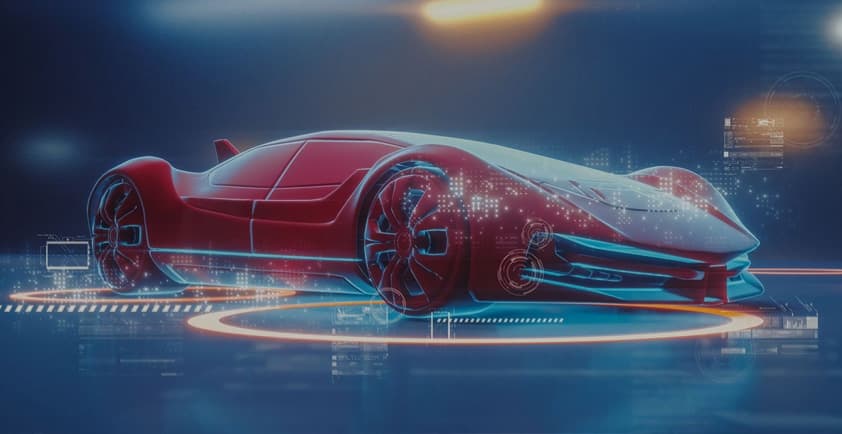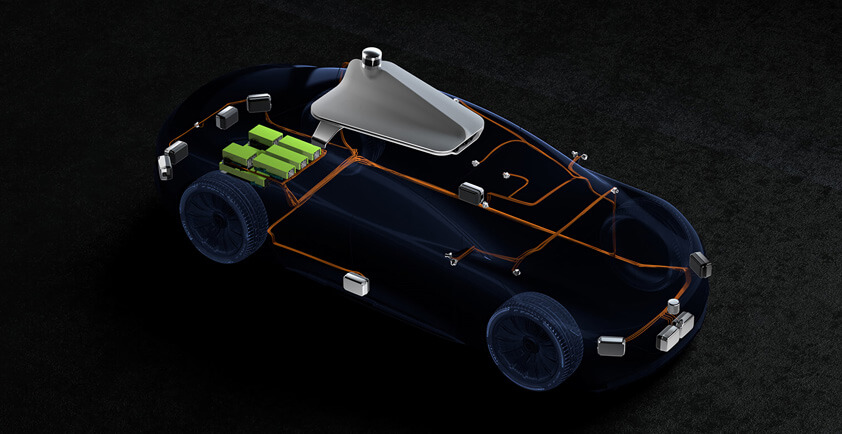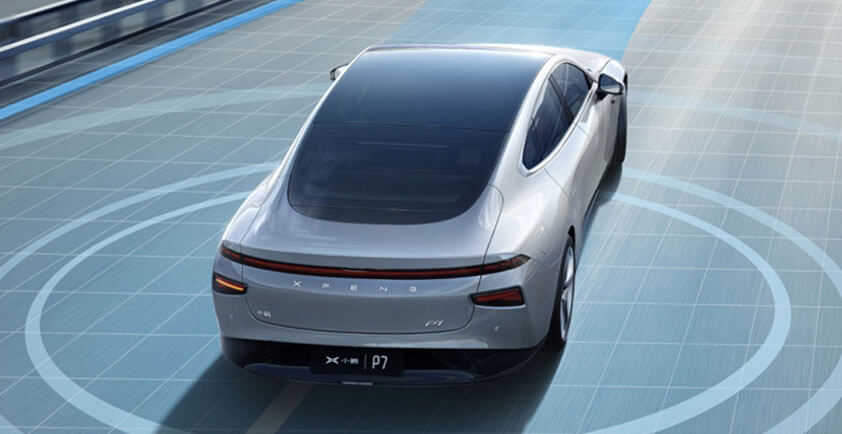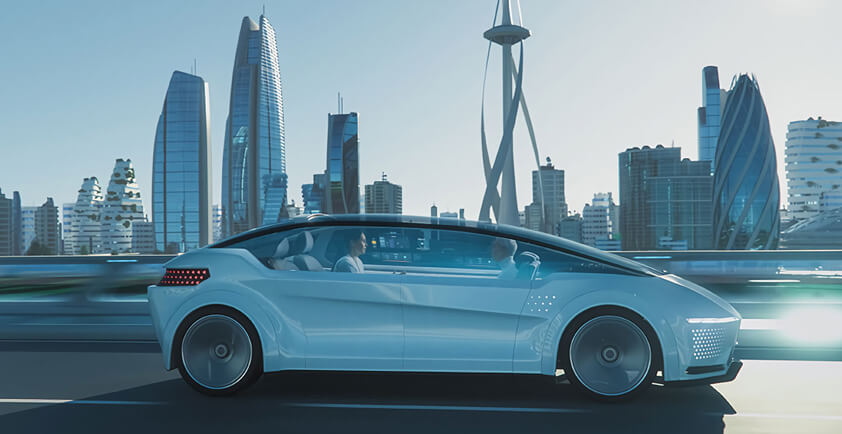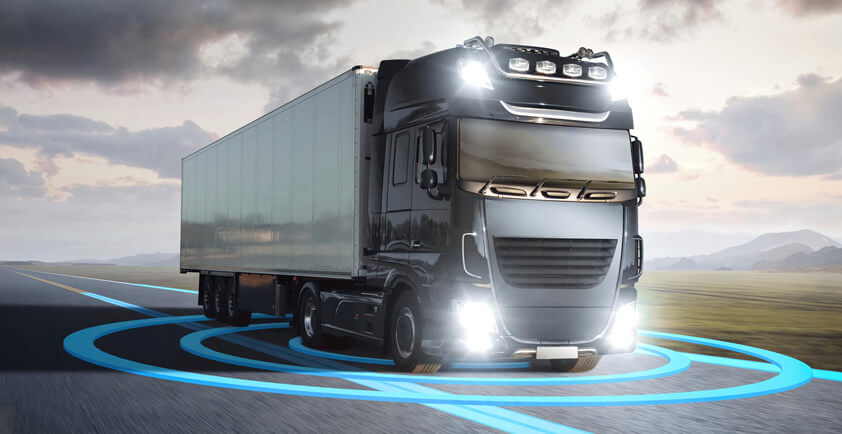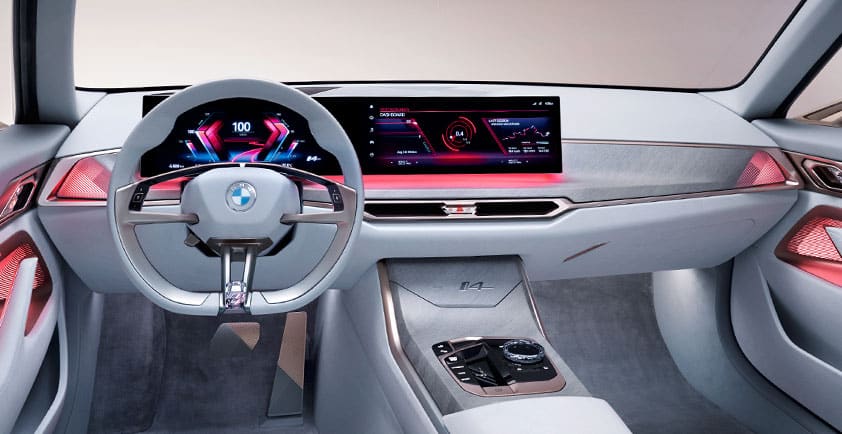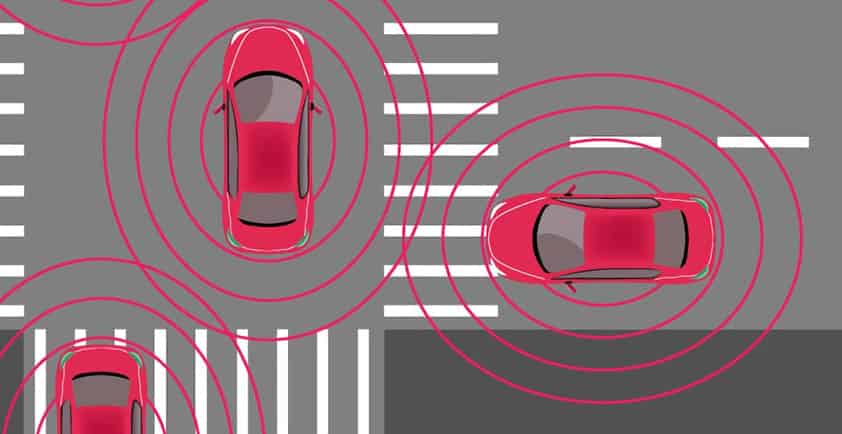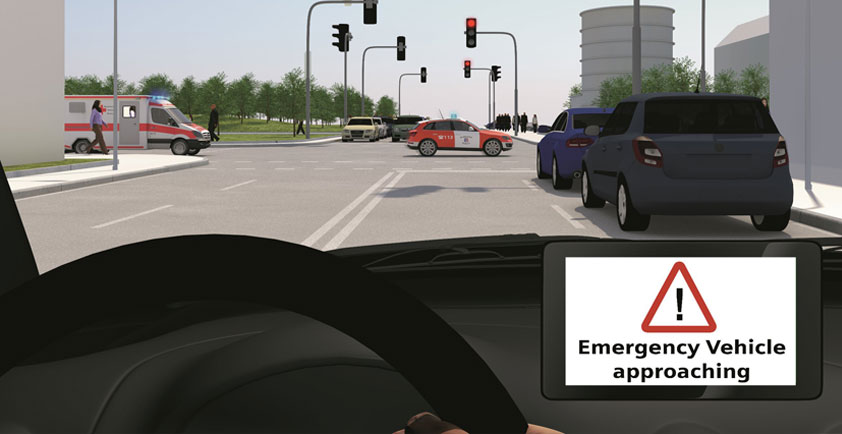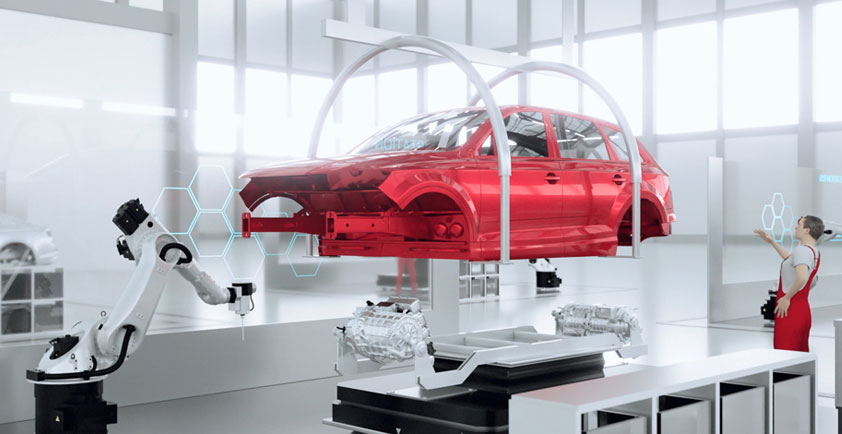
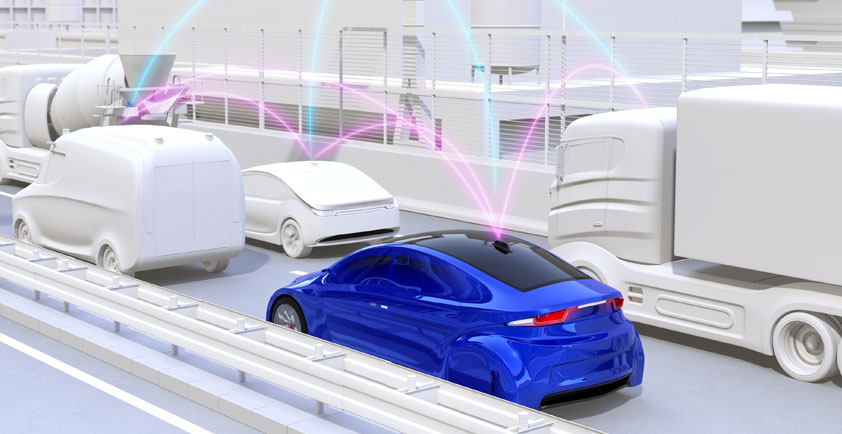
THE BENEFITS OF CONCURRENT DUAL-CHANNEL V2X
Two eyes see more than one. The same is true for V2X receivers.
Vehicle‑to‑everything, or V2X, is a groundbreaking technology with the potential to dramatically improve road safety, saving thousands of lives each year. Developed and tested over decades, it uses wireless communication to offer vehicles 360 degree awareness of what’s going on around them, beyond line of sight, and with up to one kilometer range.
The only mature and ready‑to‑deploy V2X solution uses the DSRC/IEEE 802.11p wireless standard to let vehicles communicate directly with each other, with road‑side infrastructure, with pedestrians, as well as everything else. Initial benefits include early warnings of traffic incidents for increased safety and smart traffic management for smoother traffic flow. Looking further down the road, V2X will play a key role in enabling autonomous driving.
The UBX‑P3: 100% u‑blox
After two successful generations of u‑blox V2X modules based on third‑party V2X chips, we announced the UBX‑P3 chip, our V2X solution built entirely in‑house, earlier this year. Not only does the UBX‑P3 strengthen the overall DSRC/IEEE 801.22p market offering, the decision to build it from the bottom up gave us freedom to design the chip to meet needs that we observed in the market. One of them is concurrent dual‑channel communication.
If you know anything about the automotive industry, you know that it is heavily regulated to ensure that high quality standards are met. This is as true for V2X as it is for a car’s airbags, its brakes, and its windshield wipers. Ensuring the reception of all safety messages, whether from other vehicles or from nearby infrastructure, is a must for your safety.
The IEEE 1609.4 standard on multi‑channel operation enables such operation with channel switching using a single radio. So why did we implement concurrent dual‑channel communication on our V2X chip?
It’s simple. Two eyes see more than one. The same is true for V2X receivers. On the road, this translates to increased reliability, robustness, and, ultimately, safety.
Understanding DSRC/IEEE 802.11p channels
But before we get into exactly how concurrent dual‑channel V2X communication can be exploited, let’s take a look at some basics of DSRC/IEEE 802.11p V2X communications.
In Europe and the US, the DSRC/IEEE 802.11p spectrum spans 75 MHz in the 5.9 GHz band, and is divided into 7 channels. In both regions, one channel acts as a control channel. Two (Europe), respectively six (US), of the remaining channels are service channels, which may be dedicated to specific communications. South Korea has adopted a similar set up as Europe and the US, while Japan has reserved a single 10 MHz channel centered at 760 MHz for the technology.
Because of their simpler design, single channel V2X solutions are more cost effective than dual‑channel ones. But because they only have a single receiver channel to monitor multiple communication channels, their available bandwidth to monitor safety messages is cut by at least 50%, reducing the safety benefits and the applications that can be deployed. Dual‑channel operation allows to maximizing the V2X safety benefits by tuning one channel to receive safety messages, while the other can be used for other applications.
Key use cases of concurrent dual‑channel communication
Depending on the context, dual‑channel V2X can be configured to continuously follow two communication channels to ensure that no safety messages are lost. Alternatively, one receiver can be set up to constantly stay on the pulse of incoming safety messages, while the second receiver alternates between the control and service channels.
Another interesting use case is truck platooning, in which trucks travel in compact formations to reduce the air drag acting on trailing vehicles, which cut their fuel needs upwards of 13%. V2X is the technology of choice to ensure safety of truck platoons, even at high velocities. Using concurrent dual‑channel communication, one of the available channels can be dedicated to communication between two trucks, while the other channel handles communication with surrounding vehicles.
The UBX‑P3 is the smallest, most power‑efficient V2X chip on the market. Designed to meet the most stringent automotive applications, it is secure and fully compatible with the main global standards, and features an integrated power management unit. There is much more to the UBX‑P3 than concurrent dual‑channel communication. Our on demand V2X webinar looks at other notable highlights, such as single channel diversity, and offers an introduction into V2X, the similarities and differences between DSRC and C‑V2X, and key applications and verticals that the technology will benefit.
Author: Chafik Driouichi - Senior Product Marketing Manager, V2X

